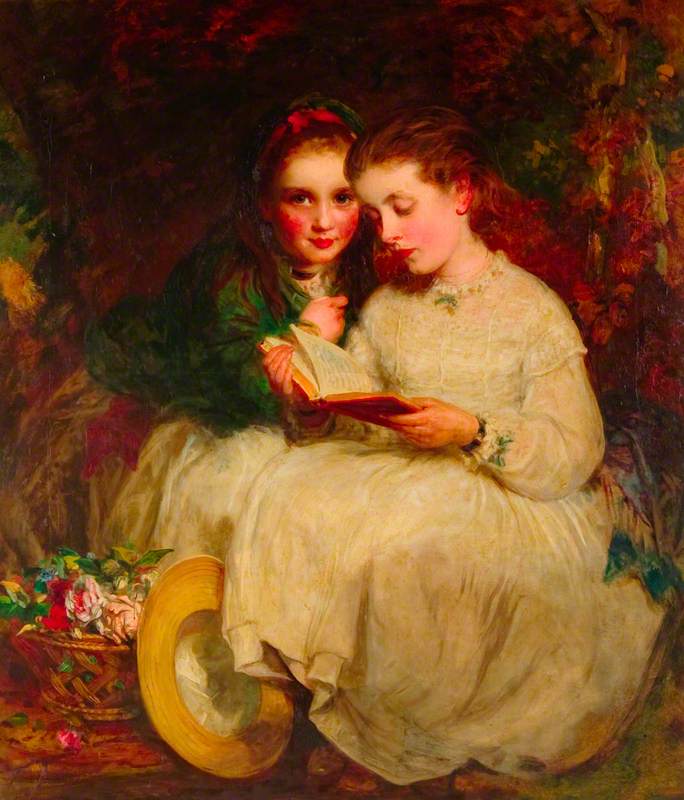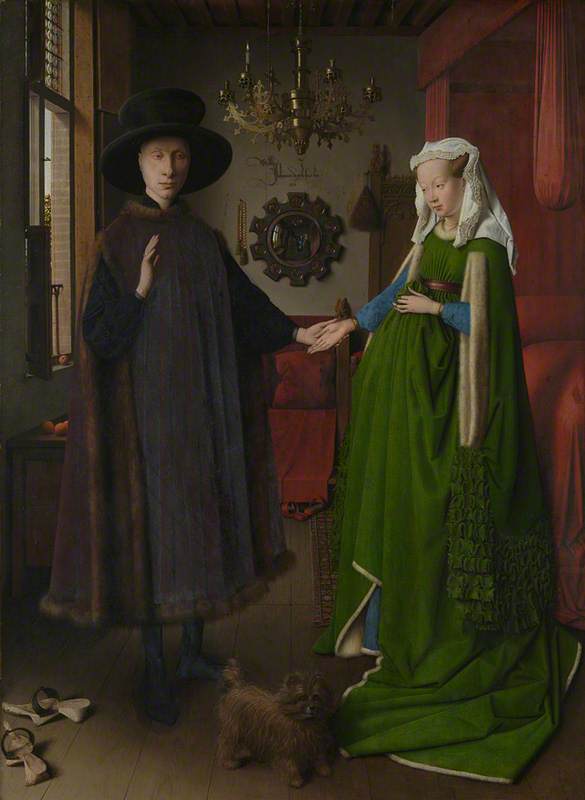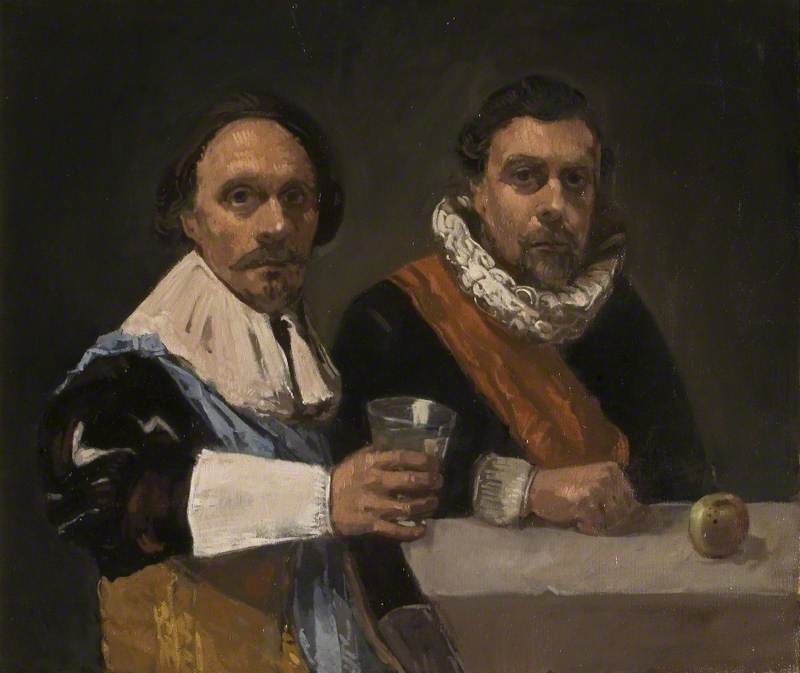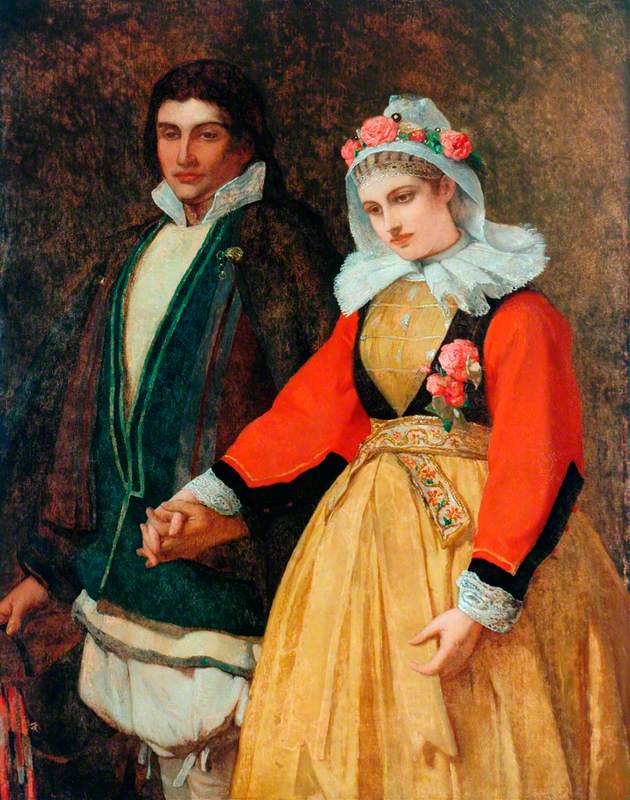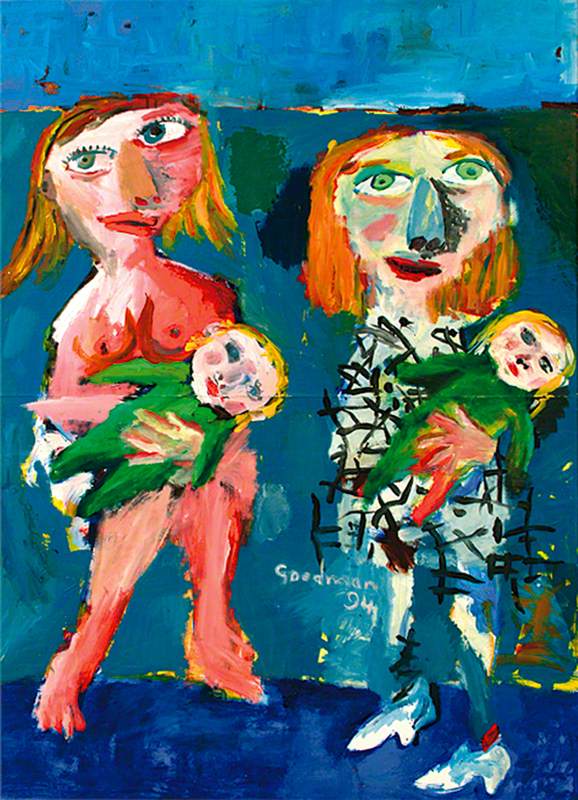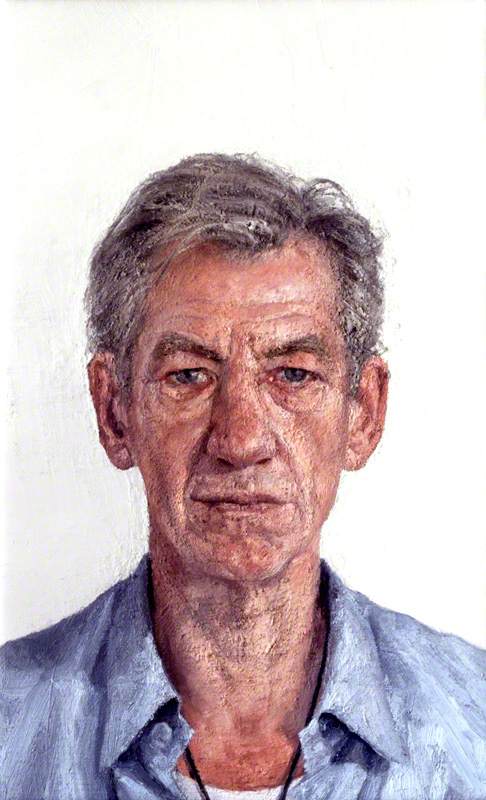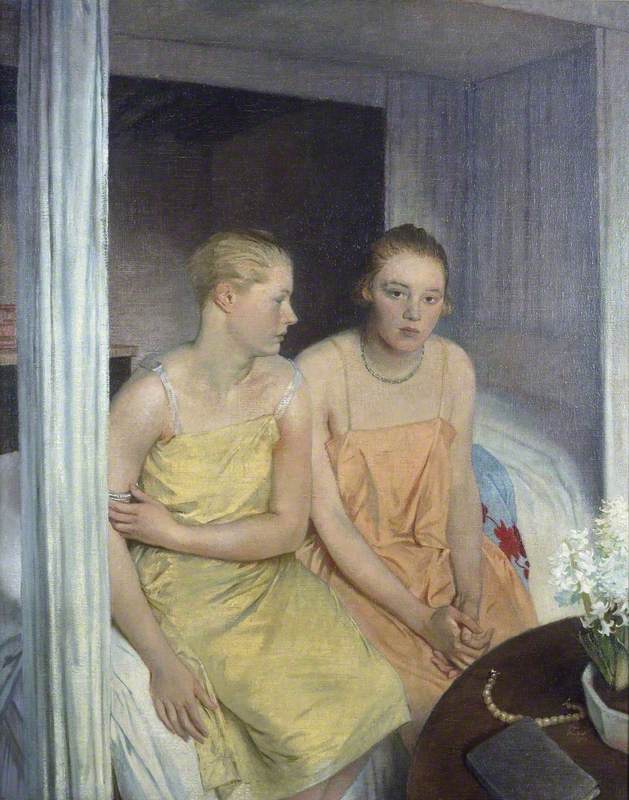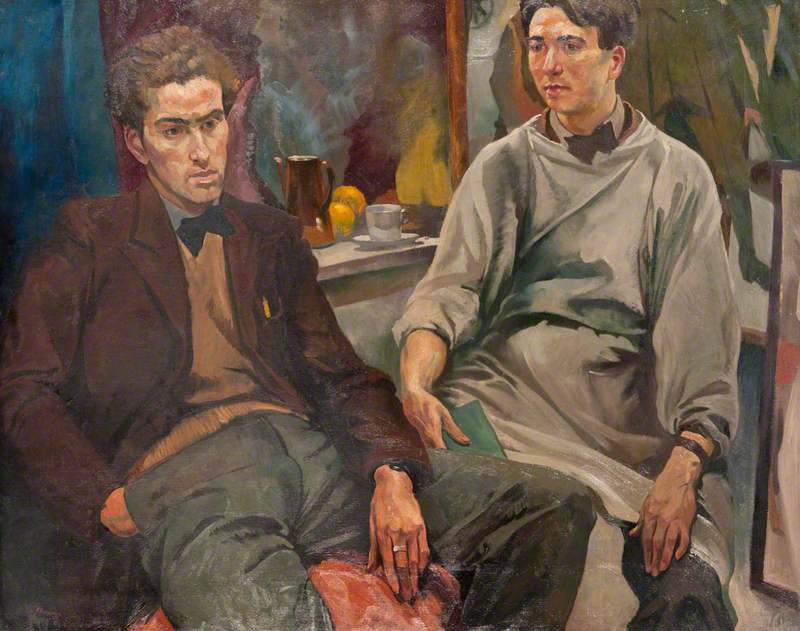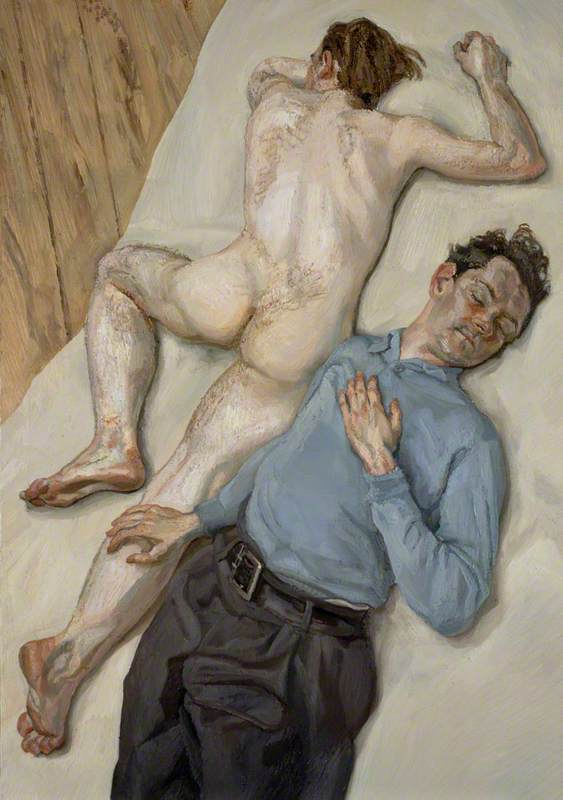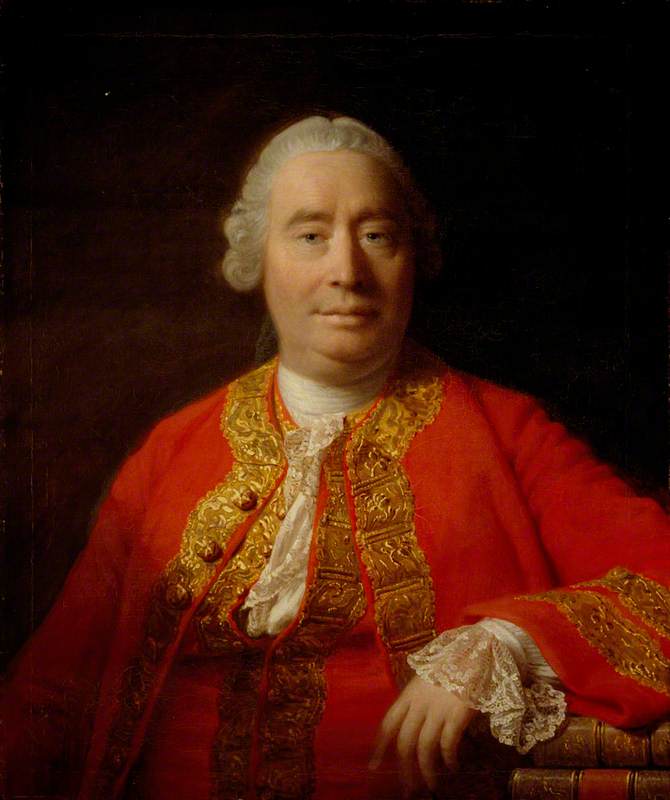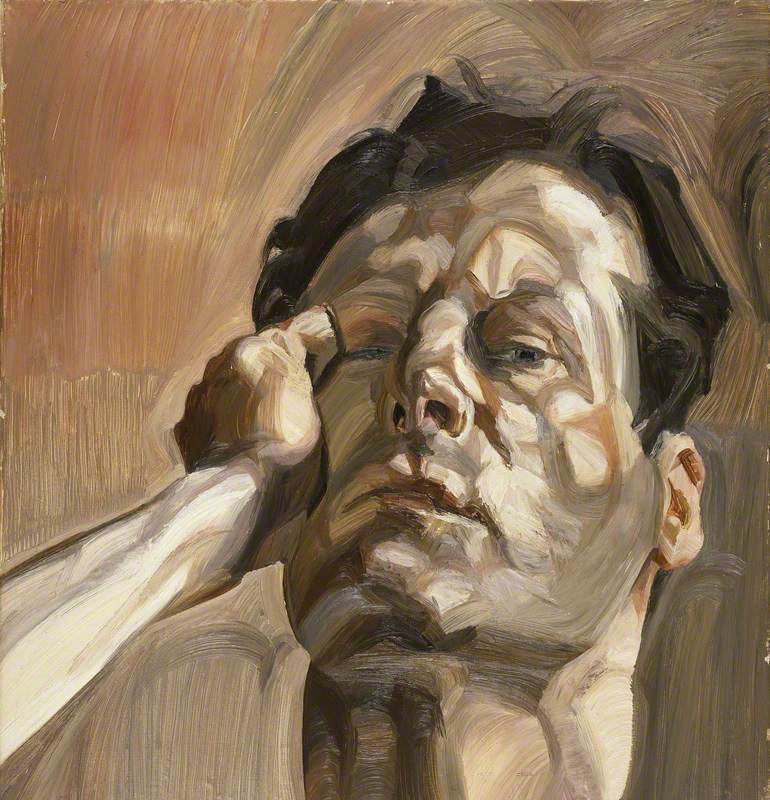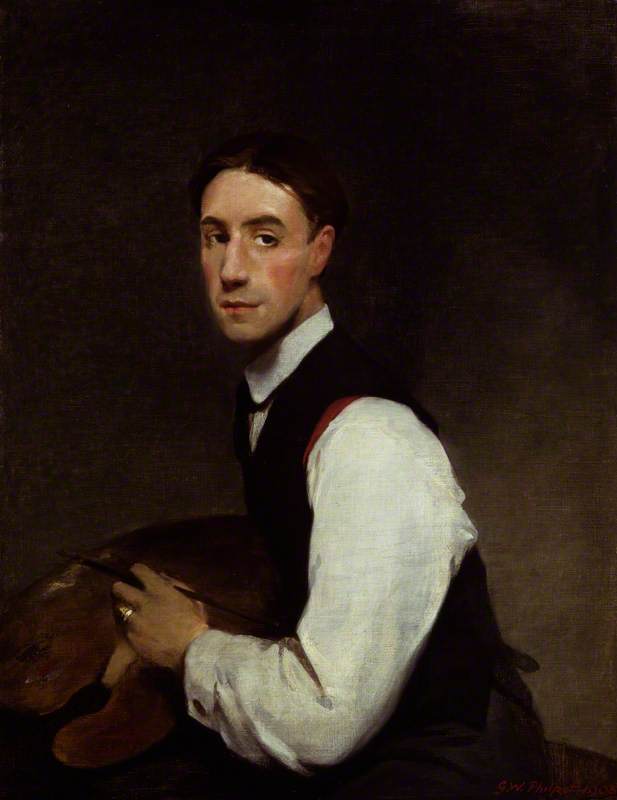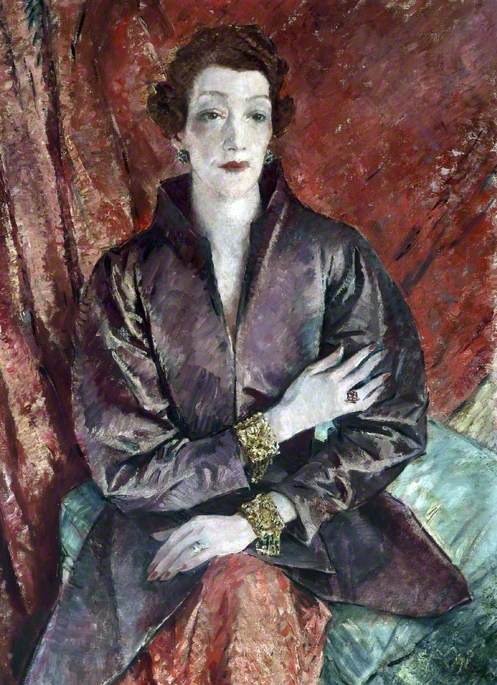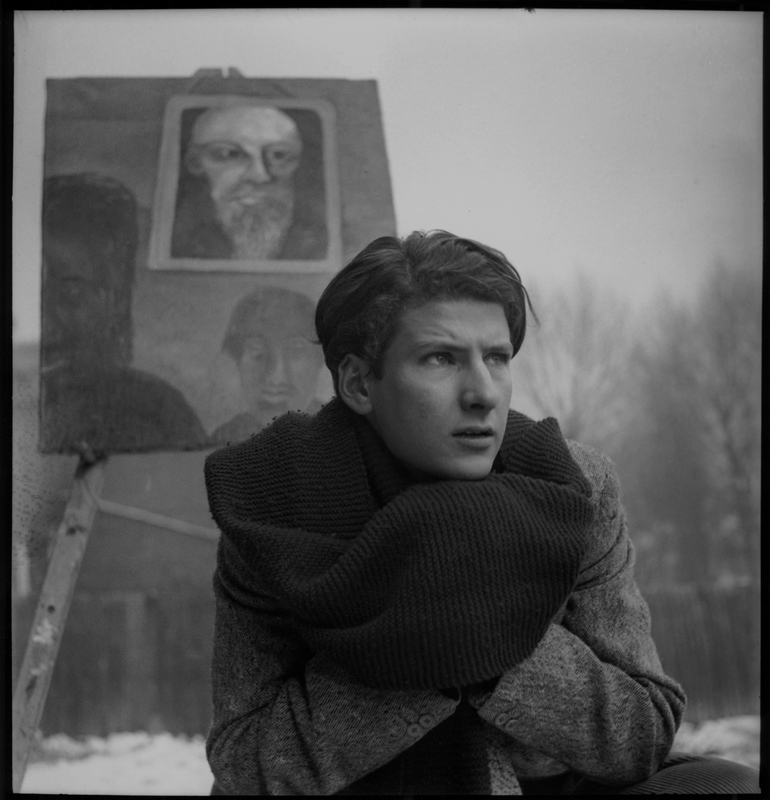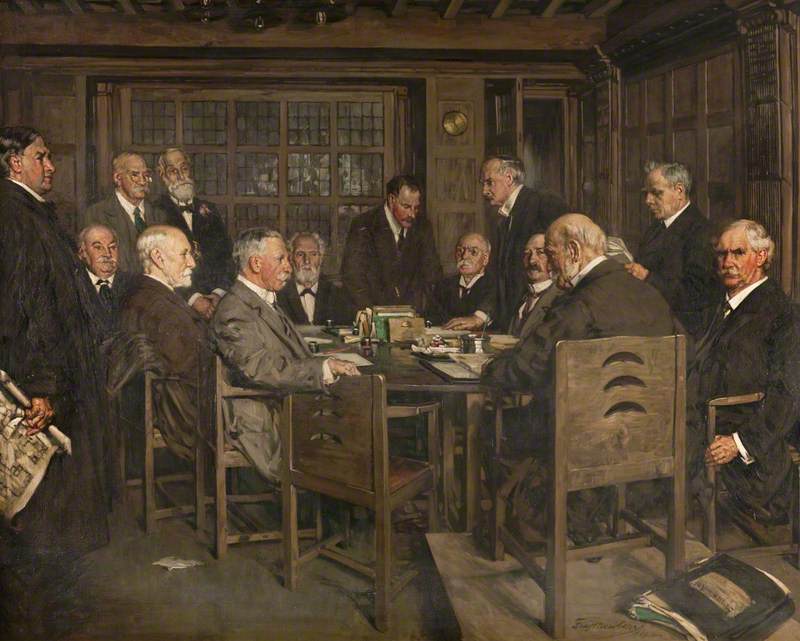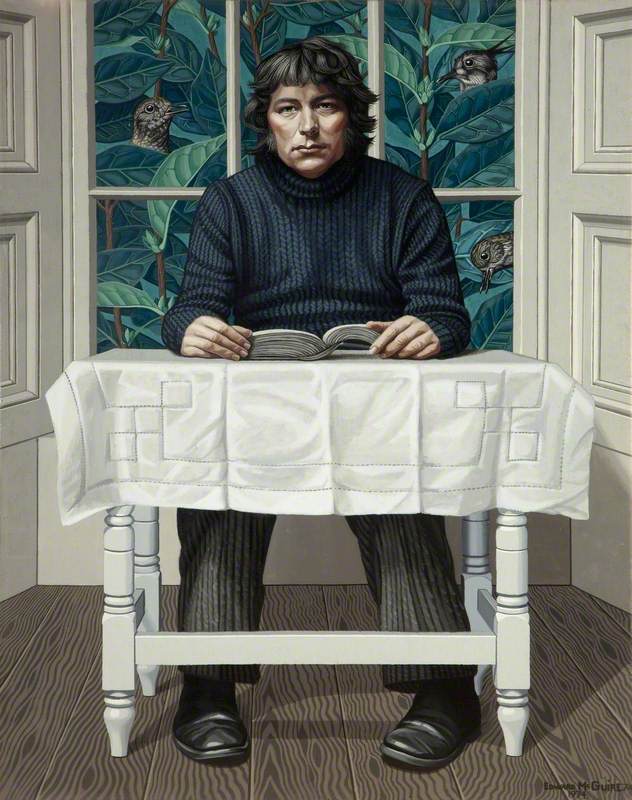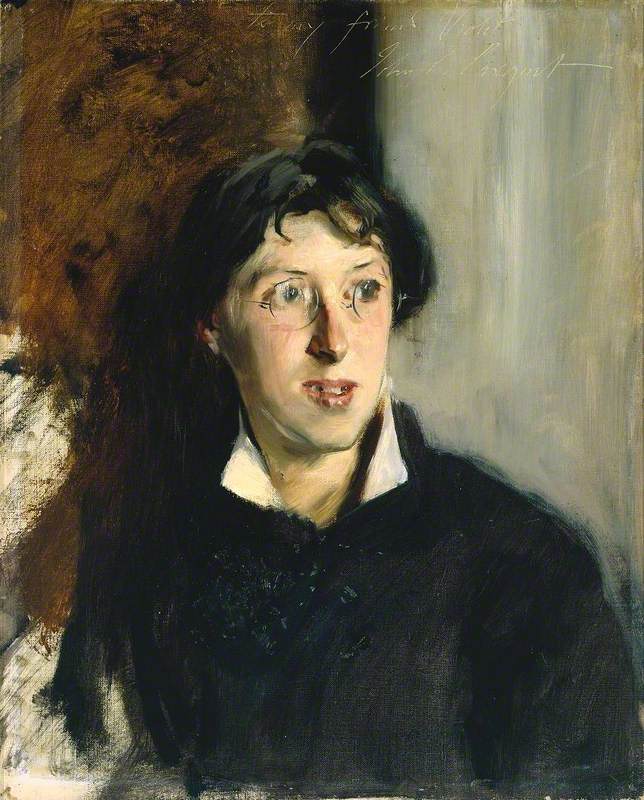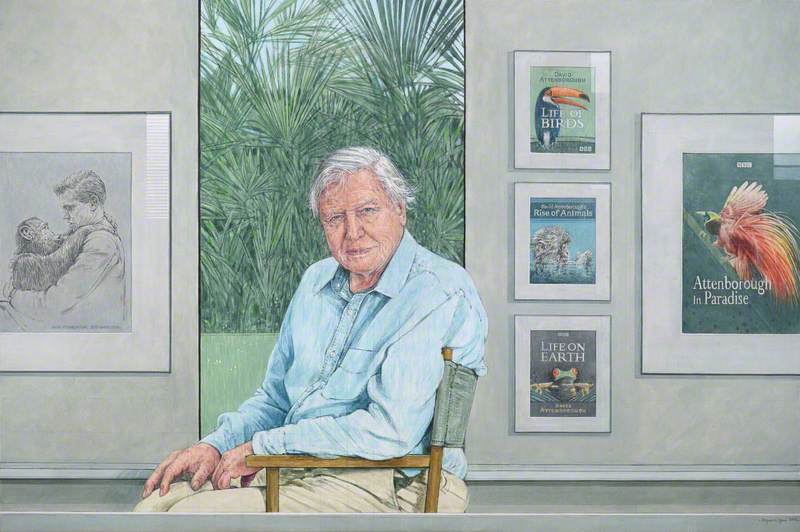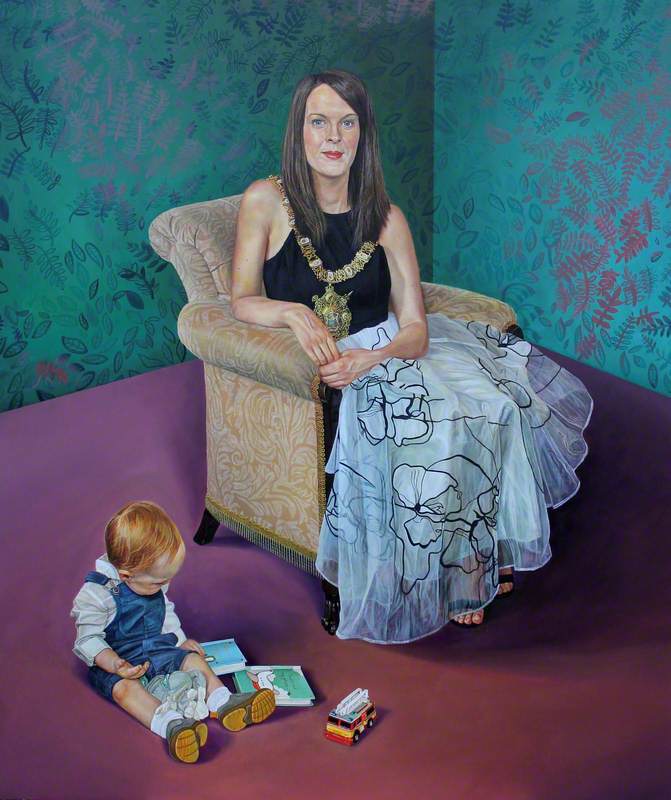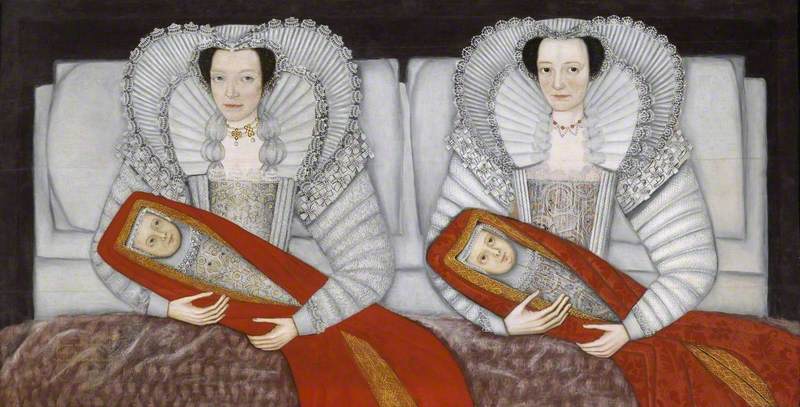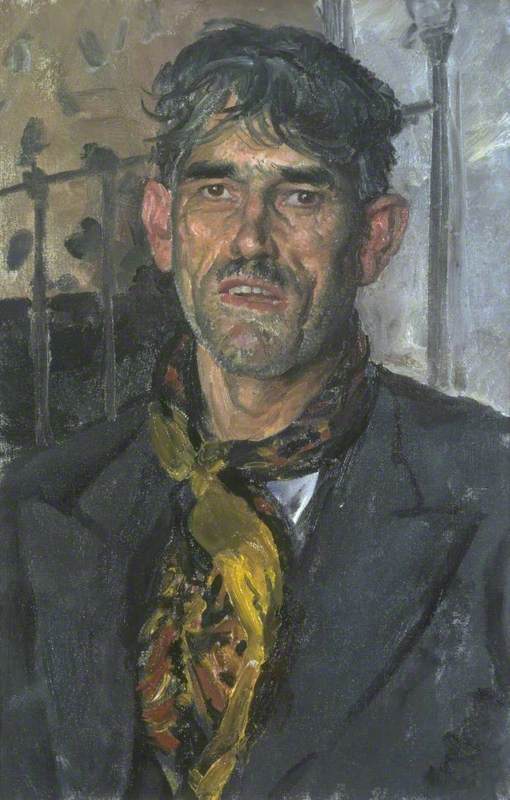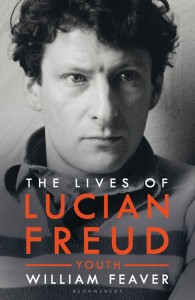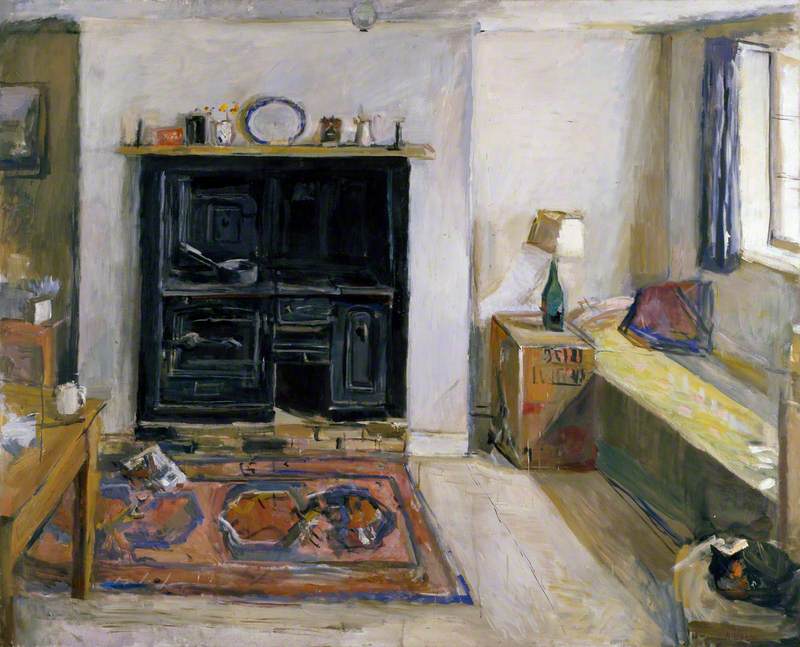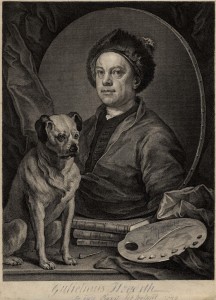Have you ever wondered what makes a painting a portrait?
The first thing that anyone can observe from a visit to the National Portrait Gallery is that, on a very basic level, portraits are images that illustrate people.
At the same time, a portrait is meant to communicate the identity of the depicted subject which is achieved through what theories refer to as 'likeness'. Simply put, 'likeness' refers to the similarity between the real and painted version of the person. It is not surprising then that sitters are portrayed motionless, and with a focus on detailed depiction of their facial characteristics while allowing only a small portion of the shoulders within the frame.
Clive Smith's 2002 painting is only one among countless portraits that exemplify these elements. Smith's outstanding ability to discern the unique characteristics of his sitters, combined with a masterful execution of realistic style, leave no doubt that the portrayed individual is the English actor Sir Ian McKellen.
While this is true of artworks with a single portrayed individual, an array of double portraits exhibit a general indifference towards the standard motionless pose of sitters while others do not reveal their identity at all.
Notice the striking contrast between the two girls depicted in Glyn Warren Philpot's double portrait and Smith's painting of Sir Ian McKellen.
According to philosophers Eleen Deprez and Michael Newall, who are currently in the process of publishing an essay on double portraiture, one of the main features of double portraits is that they convey a relationship between their depicted subjects.
Indeed, unlike the stiff, mug shot-like appearance that we find in Smith's portrait, Philpot's sitters are depicted in a far more casual fashion: they are presenting themselves in an informal sitting position with a relaxed slouch of the shoulders. This is also the case with Ian Fleming's The Two Roberts.
Instead of expecting from their sitters to assume an artificial pose, the artists have placed their focus on capturing an unrefined quality which becomes evident through the sitters' ease of being in each other's presence.
In both double portraits, this approach hints towards a shared intimacy and natural coexistence that becomes characteristic of a relationship between the individuals and the paintings.
Notice how in Philpot's painting, the young woman dressed in yellow guides our gaze in the direction of the one sitting next to her. By so doing, the artist insinuates that her individual identity is tied to that of her companion, underlying further what Eleen Deprez and Michael Newall have suggested. We do not know with certainty whether they are relatives or friends, but the bond between them, formalised by physical closeness, is difficult to overlook.
Similarly, in Lucian Freud's double portrait Two Men, closeness is not only manifested in the corporal proximity between the two men, but is firmly embodied in the implied familiarity between them, which is reinforced by the fully dressed man's hand resting gently on the other's leg.
From Smith's painting we can infer that perhaps modesty, intellect and pride are some of Sir Ian McKellen's character traits. On the other hand, if we were to consider each one of the men depicted in Lucian Freud's painting, there would be not much to say either about their personalities or who they are. Yet, we can infer trust and affection that stem from each one of them but these remain deeply rooted in the connection that we witness between them.
As John Berger explains in his famous essay 'The Changing View of Man in the Portrait':
'We may still rely on likeness to identify a person, but no longer to explain or place him. To concentrate upon 'likeness' is to isolate falsely. It is to assume that the outermost surface contains the man or object: whereas we are highly conscious of the fact that nothing can contain itself.'
Stefani Bednarova
